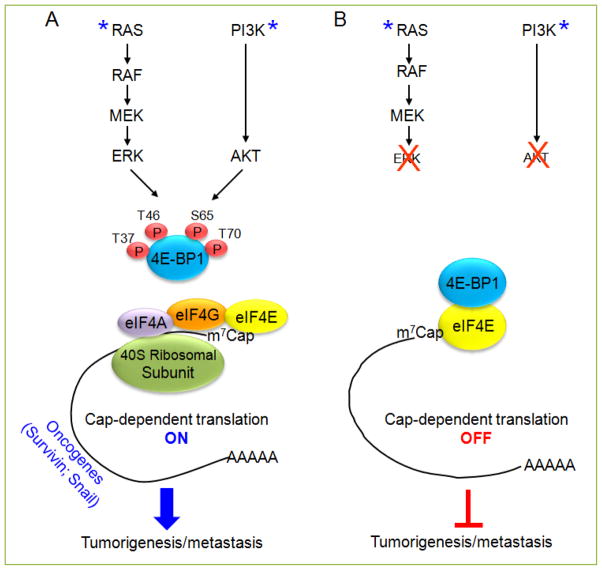Figure 1. A schematic model for the role of 4E-BP1 as a key translation regulatory switch that integrates effects of the PI3K/AKT and RAS/RAF/MEK/ERK signaling pathways on tumorigenesis and metastasis.
(A) In colorectal cancer cells with coexistent KRAS and PIK3CA mutations (as indicated with asterisk), activated AKT and ERK pathways cooperate to maintain tumor growth and promote metastatic progression by convergent phosphorylation of the translational repressor 4E-BP1 followed by a selective increase in eIF4E-initiated cap-dependent translation of certain oncogenic mRNAs such as survivin and Snail. (B) Combined inhibition of AKT and ERK pathways is required for effective inhibition of 4E-BP1 phosphorylation, which in turn induces 4E-BP1 binding to the eIF4E-mRNA cap complex and thus represses translation of oncogenic mRNAs, with an associated suppression of tumorigenesis and metastasis.

